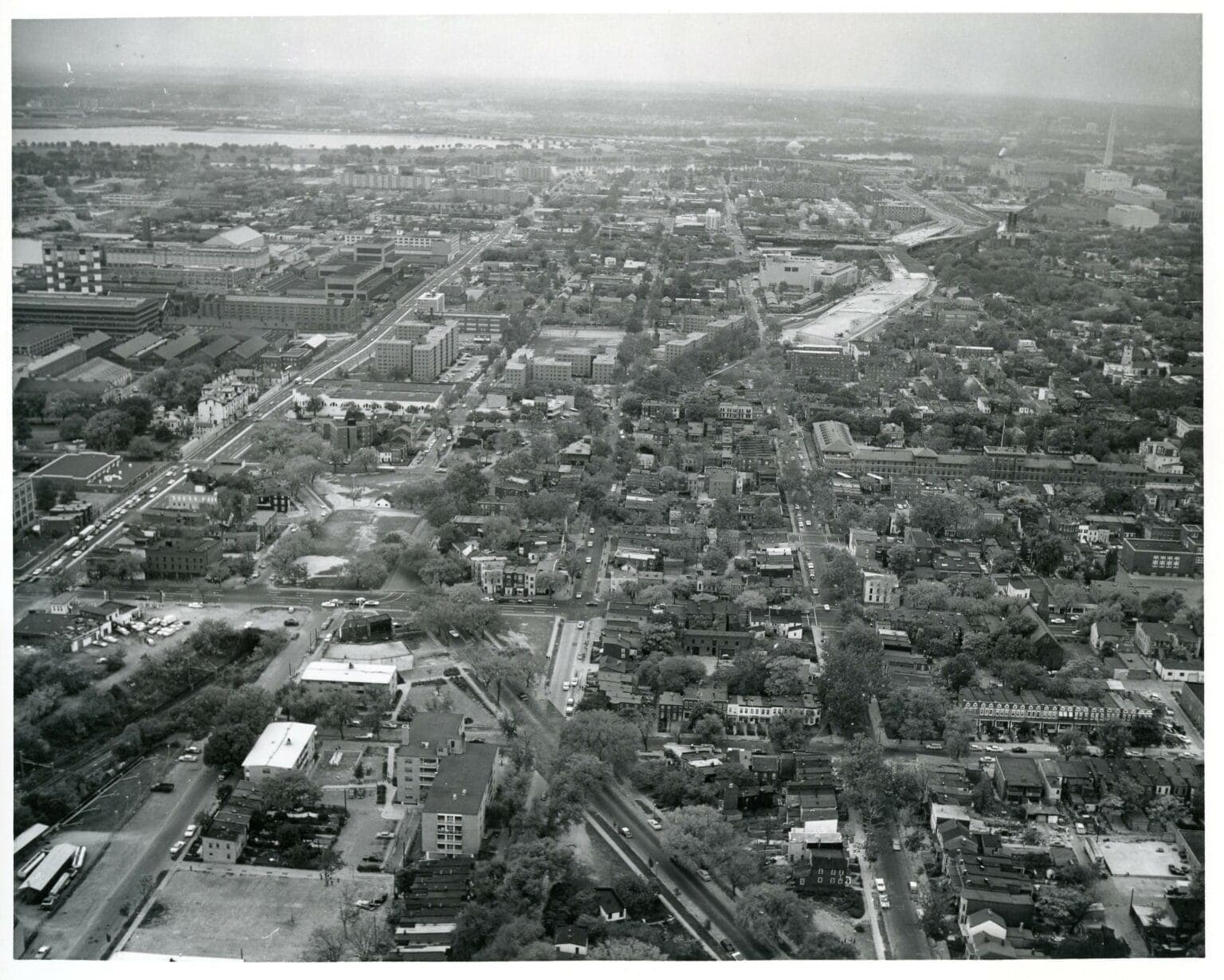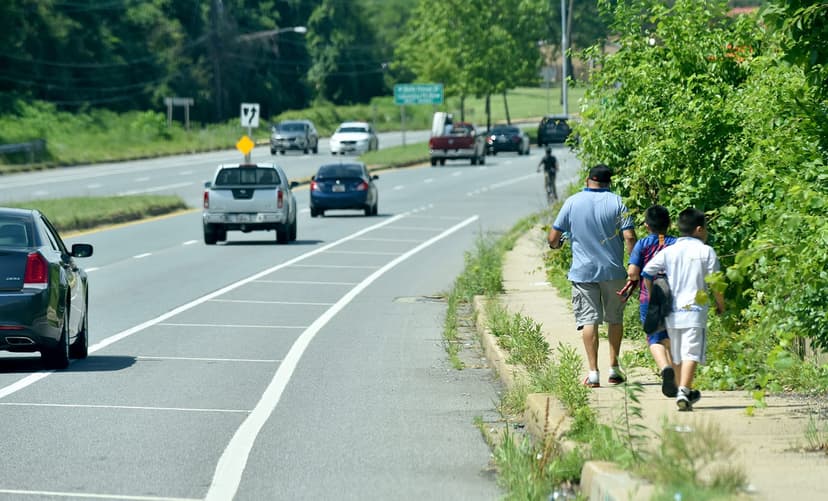How today’s policies and decisions inflict damage and perpetuate past harms
The transportation or land-use professionals and policymakers practicing today are not the ones responsible for the mistakes made decades ago, nor for the racial inequities that were literally built into our communities. But two other things are also true:

First Truth:
The problems created by the kinds of decisions outlined in Part I—like neighborhoods with poor transit access, divided by a highway, or lacking basics like sidewalks— do need to be solved by today’s professionals.

Second Truth:
The current approach at all levels consists of ingrained, decades-old transportation policies, funding systems, models, and measures which have their roots in that same history. Today’s current approach inflicts similar damage and fails to address the damage of the past.
Part II is long, covering two distinct areas


What We Learned
To repair the damage of existing transportation investment and prevent future harm, first and foremost, impacted communities must be centered in the decision making around investment in their community and the vision for their future.
We cannot truly rebuild the fabric of these communities without prioritizing those who have been marginalized or disenfranchised by past decisions. Some agencies and practitioners are moving from a public engagement to a co-creation model, which is exactly what is needed. But to ensure that the co-created vision is realized, there are a lot of barriers to knock down.


© 2025 Smart Growth America. All rights reserved
Site By3Lane Marketing











